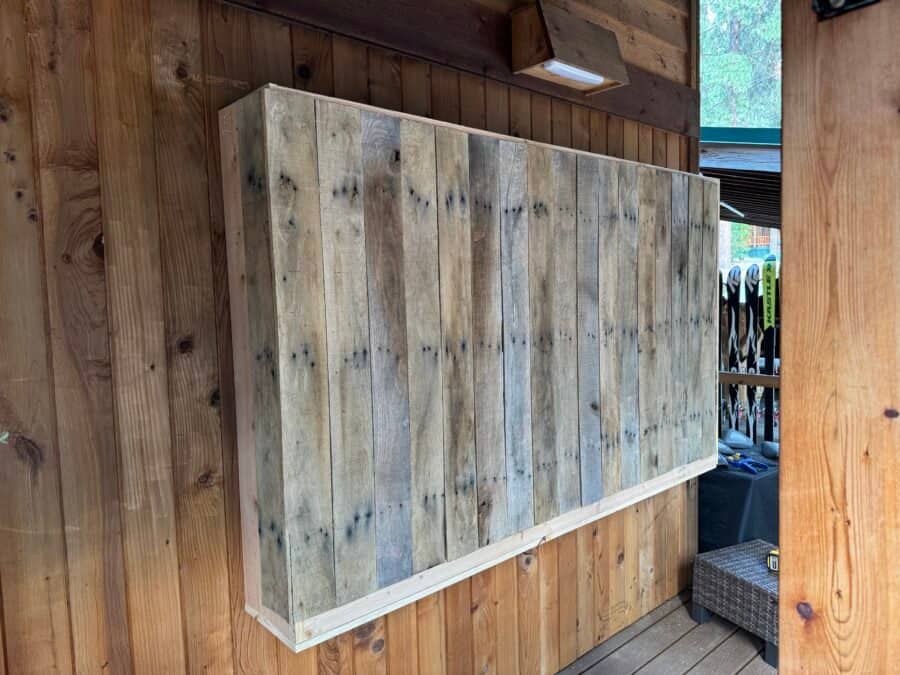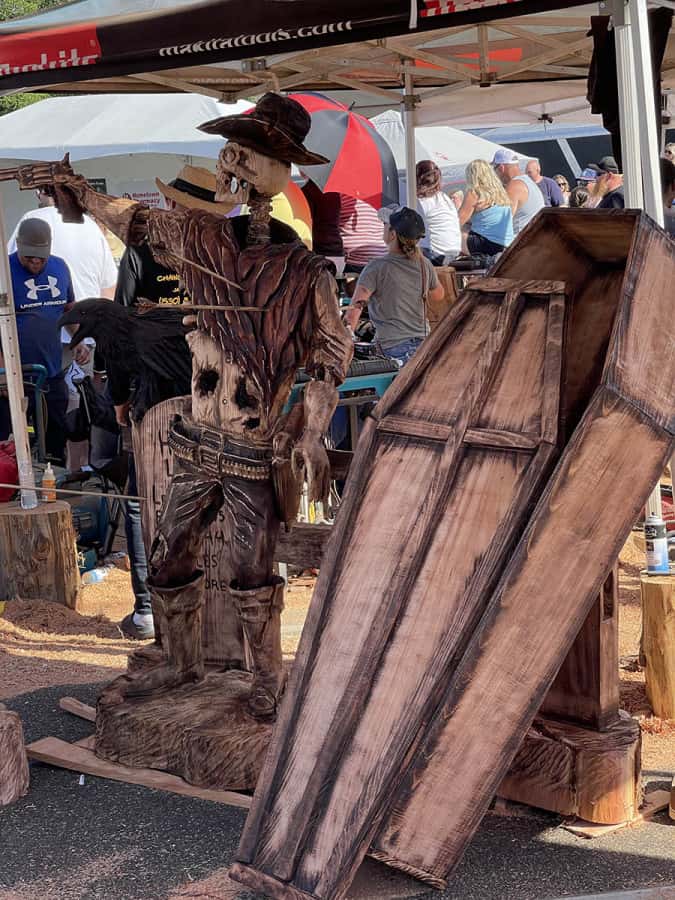Woodworking is a rewarding and fulfilling hobby that allows you to create beautiful and functional objects out of wood. However, to do woodworking properly, you need to have the right tools. The right tools will make your work easier, safer, and more accurate, which will allow you to produce better results. In this article, we will discuss the essential tools you should have for woodworking. A circular saw is a versatile power tool that is essential for woodworking. It is used to make straight cuts in wood and is great for cutting large sheets of plywood. It is also useful for cross-cutting and ripping boards. A circular saw is portable, easy to use, and relatively inexpensive compared to other power tools. When buying a circular saw, look for one with a good blade guard and a sturdy base plate. A table saw is a stationary power tool that is used for making precise cuts in wood. It is the most versatile and accurate cutting tool for woodworking. A table saw is used for ripping boards, cross-cutting, and making angled cuts. It can also be used to cut joinery, such as dados and tenons. When buying a table saw, look for one with a stable base, a good fence, and a powerful motor. A miter saw is a power tool that is used to make accurate crosscuts and angled cuts in wood. It is commonly used for cutting moldings, trim work, and framing lumber. A miter saw is a stationary tool that has a rotating blade that can be angled to make precise cuts. When buying a miter saw, look for one with a good dust collection system and a reliable blade. A jigsaw is a handheld power tool that is used for cutting curves and intricate shapes in wood. It is also used for making plunge cuts and cutting out shapes in plywood. A jigsaw is versatile and relatively inexpensive compared to other power tools. When buying a jigsaw, look for one with variable speed control and a good blade. A router is a power tool that is used for cutting grooves, chamfers, and decorative profiles in wood. It is also used for cutting joinery, such as dovetails and mortises. A router is a versatile tool that can be used for a variety of tasks, including edge profiling and trimming. When buying a router, look for one with a good depth adjustment and a variety of bits. A random orbital sander is a handheld power tool that is used for sanding wood. It is a versatile tool that can be used for sanding flat and curved surfaces, as well as removing paint and stains. A random orbital sander is easy to use and produces a smooth finish. When buying a random orbital sander, look for one with a good dust collection system and a variety of sanding discs. A drill is a handheld power tool that is used for drilling holes in wood. It is also used for driving screws and bolts. A drill is an essential tool for woodworking, as it is used for a variety of tasks, including assembly, installation, and repair. When buying a drill, look for one with a good chuck and variable speed control. Chisels are handheld cutting tools that are used for removing wood and creating joinery. They are commonly used for cutting mortises and tenons, as well as shaping wood. Chisels come in a variety of shapes and sizes, and they can be used for a variety of tasks. When buying chisels, look for ones with high-quality steel and comfortable handles. Hand planes are handheld tools that are used for shaping and smoothing wood. They are commonly used for flattening and smoothing large surfaces, such as tabletops and door panels. Hand planes come in a variety of sizes and shapes, each designed for a specific task. When buying hand planes, look for ones with high-quality blades and comfortable handles. Clamps are essential tools for woodworking. They are used to hold pieces of wood together while glue dries or when assembling a project. Clamps come in a variety of sizes and styles, including C-clamps, bar clamps, and pipe clamps. When buying clamps, look for ones with strong clamping pressure and a variety of sizes. A tape measure is an essential tool for woodworking. It is used for measuring and marking wood, as well as measuring for cuts and joints. When buying a tape measure, look for one with a durable case and a locking mechanism. A combination square is a versatile tool that is used for measuring and marking angles and straight lines. It is also used for checking the squareness of joints and edges. When buying a combination square, look for one with a sturdy blade and an adjustable head. Safety gear is essential for woodworking. It includes eye protection, ear protection, and a dust mask. Eye protection is essential for protecting your eyes from flying debris and sawdust. Ear protection is necessary to protect your ears from loud noise produced by power tools. A dust mask is essential for protecting your lungs from sawdust and other airborne particles. A workbench is an essential tool for woodworking. It provides a stable surface for cutting, sanding, and assembling projects. A workbench can be purchased or built, depending on your budget and skill level. Sawhorses are essential for supporting large pieces of wood while cutting or sanding. They can be purchased or built, and they provide a stable surface for working with large pieces of wood. In conclusion, having the right tools is essential for woodworking. The tools listed above are essential for any woodworker, whether you are a beginner or an experienced woodworker. When buying tools, look for ones that are of high quality and that will last a long time. Invest in tools that will make your work easier, safer, and more accurate. With the right tools, you can create beautiful and functional objects out of wood.










